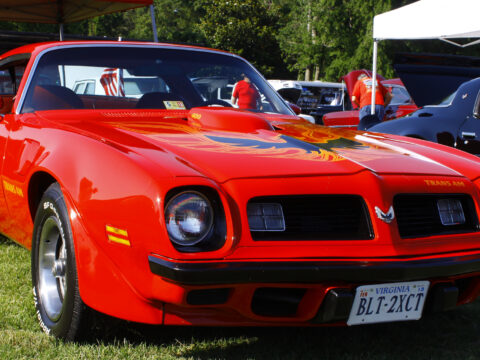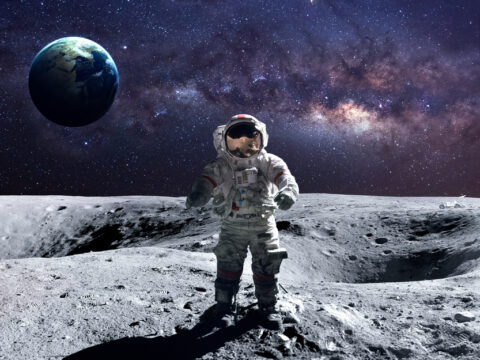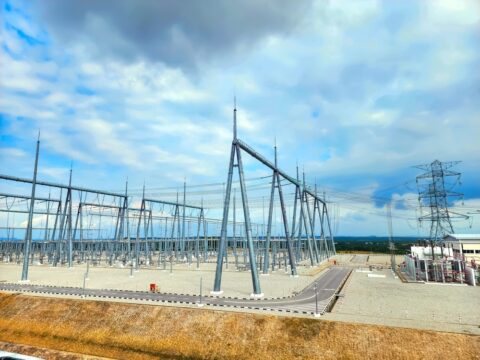In-car technology is supposed to make driving easier and more enjoyable, but not every innovation hits the mark. Some features end up being more frustrating than helpful, leaving drivers annoyed rather than impressed. In this article, we’ll take a look at 15 of the most annoying in-car tech innovations that have left many of us wishing for simpler times.
Contents
Overly Complicated Infotainment Systems
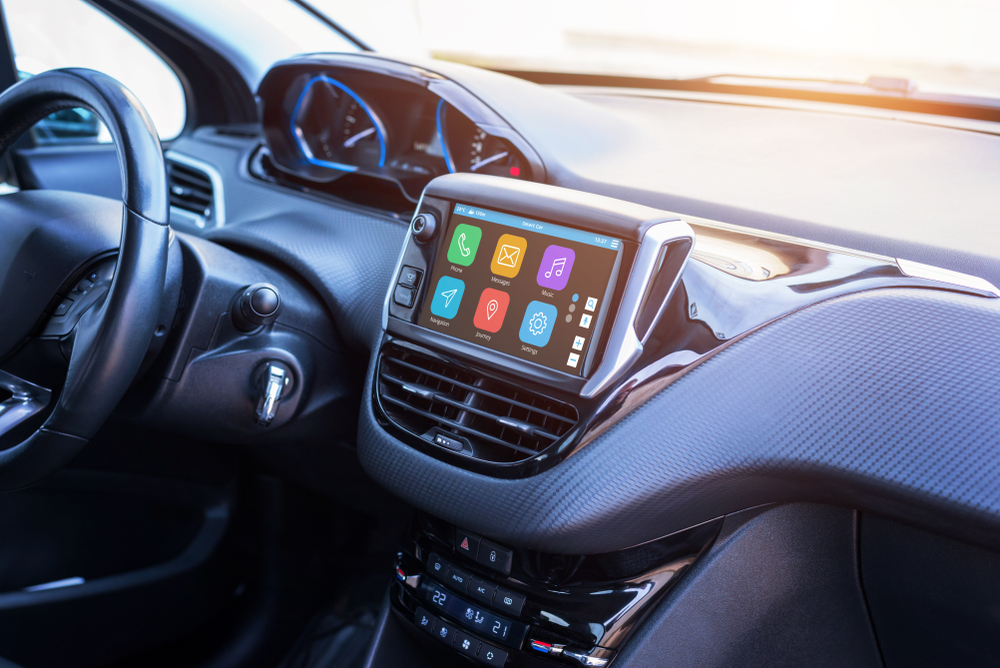
Infotainment systems are meant to streamline access to various in-car functions, but overly complicated designs often do the opposite. With menus buried under layers of options and touchscreens that require too much attention to operate, these systems can distract drivers from the road. The frustration is further compounded when basic functions like adjusting the radio or changing the climate settings require navigating through multiple screens. This complexity often leaves drivers longing for simpler, more intuitive controls.
Touchscreen Climate Controls
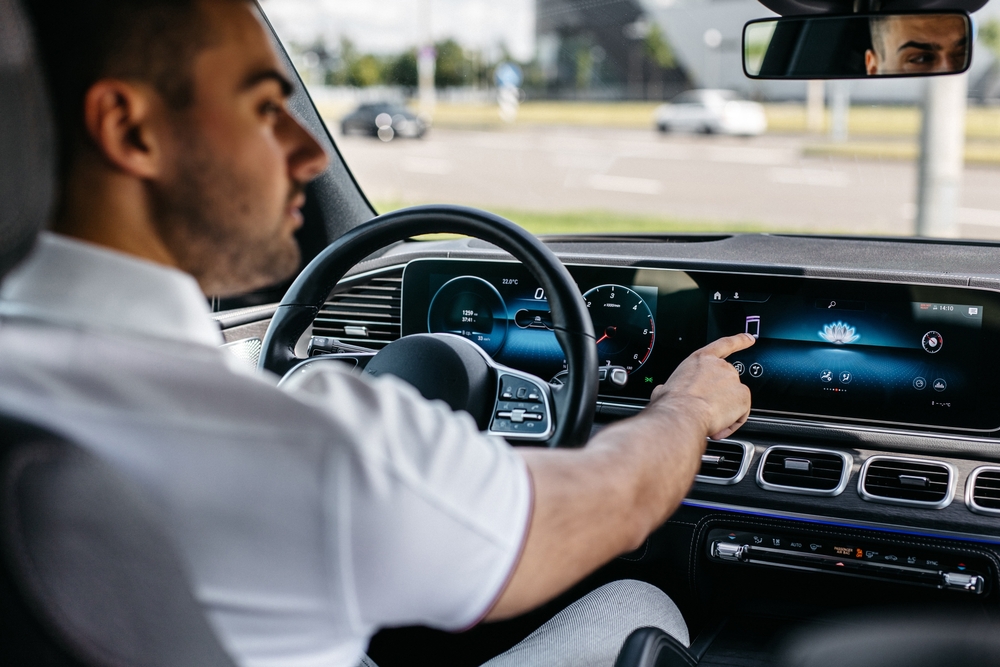
Touchscreen climate controls may look sleek, but they often sacrifice functionality for style. Replacing physical knobs and buttons with touchscreens can make adjusting the temperature a hassle, especially while driving. Unlike traditional controls that can be operated by feel, touchscreens require drivers to take their eyes off the road, leading to potential distractions. The lack of tactile feedback also means drivers might accidentally adjust the wrong setting, making the driving experience less comfortable and more stressful.
Voice Recognition Systems

While voice recognition systems promise hands-free convenience, they often fall short of expectations. Many systems struggle to accurately understand commands, particularly in noisy environments or with varied accents. This can lead to repeated attempts to execute a simple task, which quickly becomes frustrating. The need to constantly correct the system or revert to manual controls defeats the purpose of the technology, making it more of a hindrance than a help.
Lane Departure Warnings
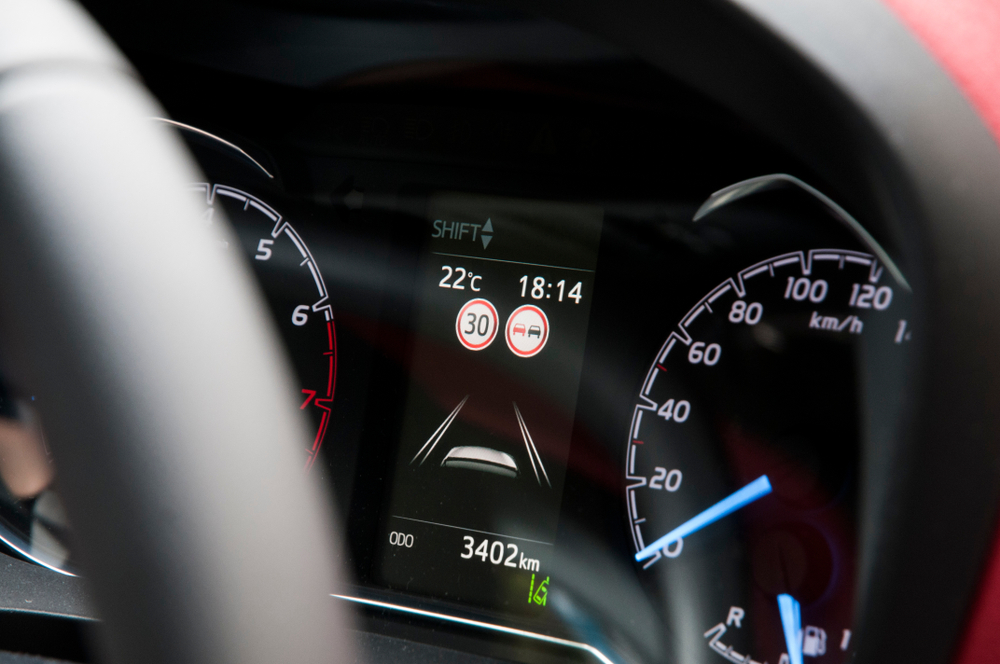
Lane departure warning systems are designed to enhance safety, but overly sensitive systems can become a nuisance. Constant beeping, especially on narrow roads or during lane changes, can quickly wear on a driver’s nerves. The frequent false alarms not only create unnecessary stress but can also lead to drivers ignoring the warnings altogether, reducing the system’s effectiveness. This makes lane departure warnings more annoying than reassuring for many drivers.
Auto Stop-Start Systems

Auto stop-start systems are intended to improve fuel efficiency by shutting off the engine when the vehicle is idle, but their frequent activation can be jarring. The constant restarting of the engine at every stoplight can disrupt the driving experience, especially in stop-and-go traffic. Additionally, some drivers find the slight delay in engine response annoying, particularly when they need to accelerate quickly. For those who prioritize smooth and uninterrupted driving, this feature can be more of a bother than a benefit.
Touch-Sensitive Buttons
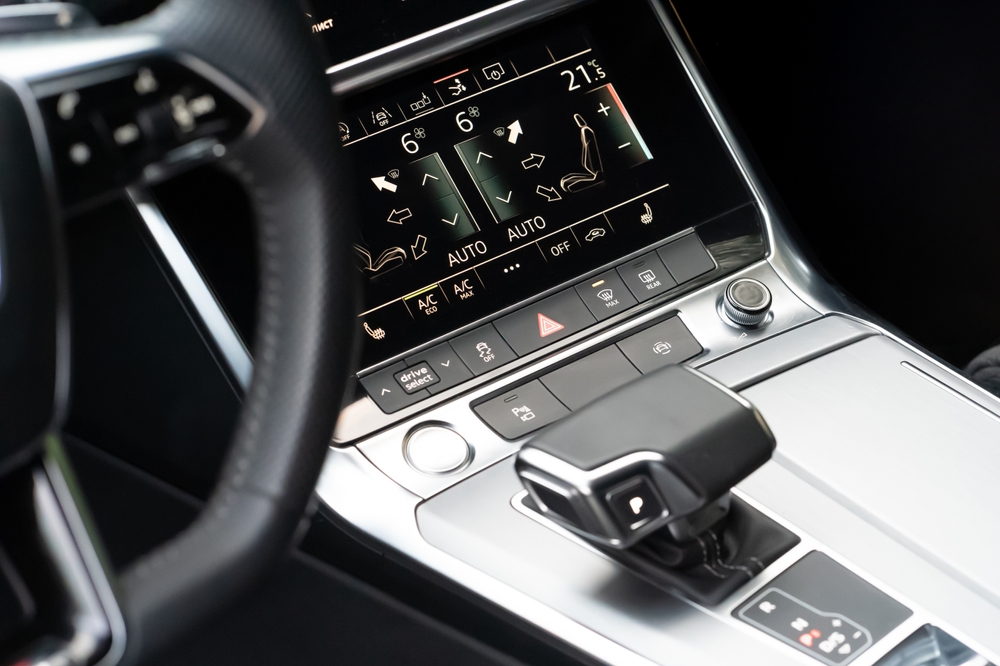
Touch-sensitive buttons may offer a modern aesthetic, but they often come at the cost of usability. Unlike traditional buttons that provide tactile feedback, touch-sensitive controls can be difficult to operate without looking. This increases the likelihood of accidental presses or missed inputs, particularly in bumpy driving conditions. The lack of physical feedback also makes it harder for drivers to know if they’ve successfully activated a function, leading to potential distractions and frustration.
Adaptive Cruise Control
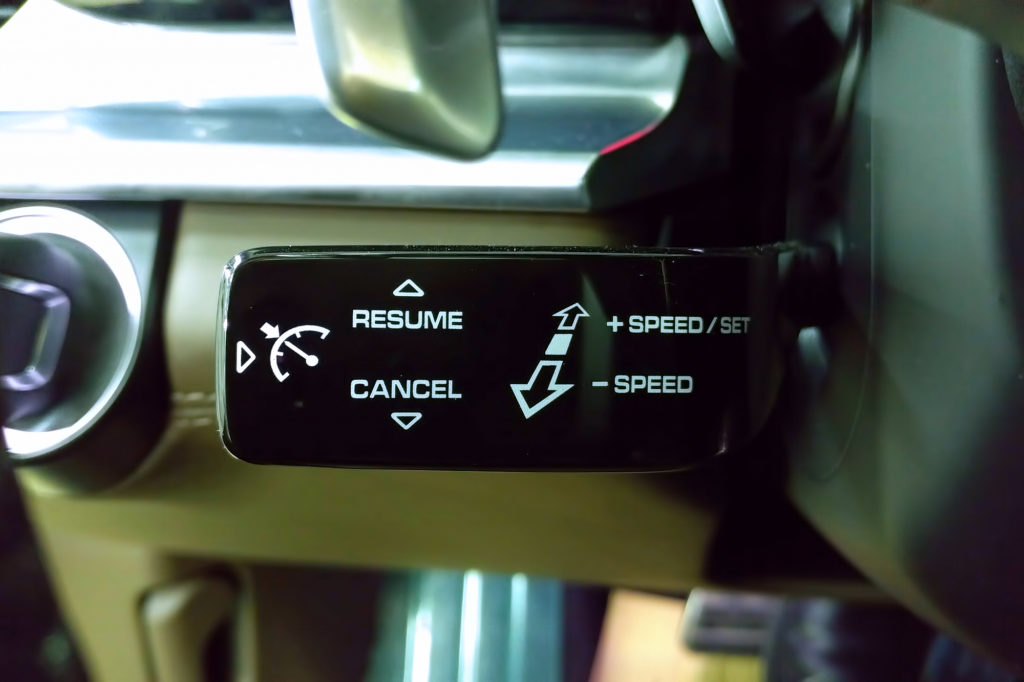
Adaptive cruise control systems are designed to automatically adjust the vehicle’s speed based on traffic conditions, but they don’t always work as smoothly as intended. Sudden braking or unexpected slowdowns when the system misinterprets the situation can be unsettling for drivers. The inconsistent response of adaptive cruise control can also create a jerky driving experience, which is far from the smooth, relaxed drive that traditional cruise control offers. This can make drivers hesitant to rely on the system fully.
Excessive Safety Alerts
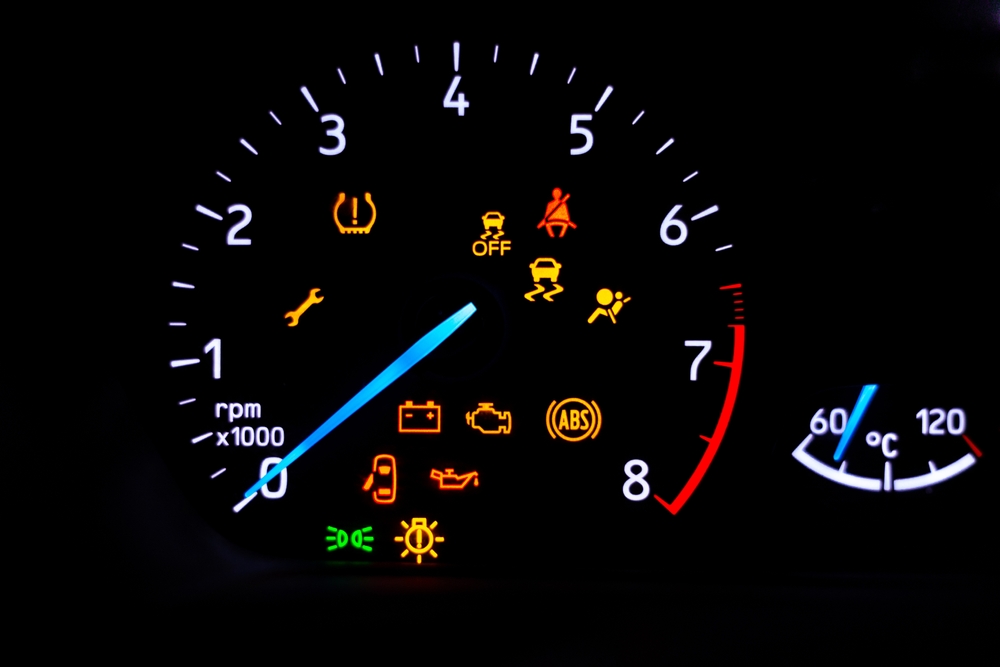
Safety alerts are essential for keeping drivers informed, but too many alerts can become overwhelming. Continuous beeping for minor issues, such as a nearby vehicle or a slight drift in the lane, can desensitize drivers to the alerts, reducing their effectiveness. Over time, drivers might start ignoring or disabling the alerts, which defeats their purpose. This overabundance of warnings can make the driving experience more stressful rather than safer.
Gesture Controls
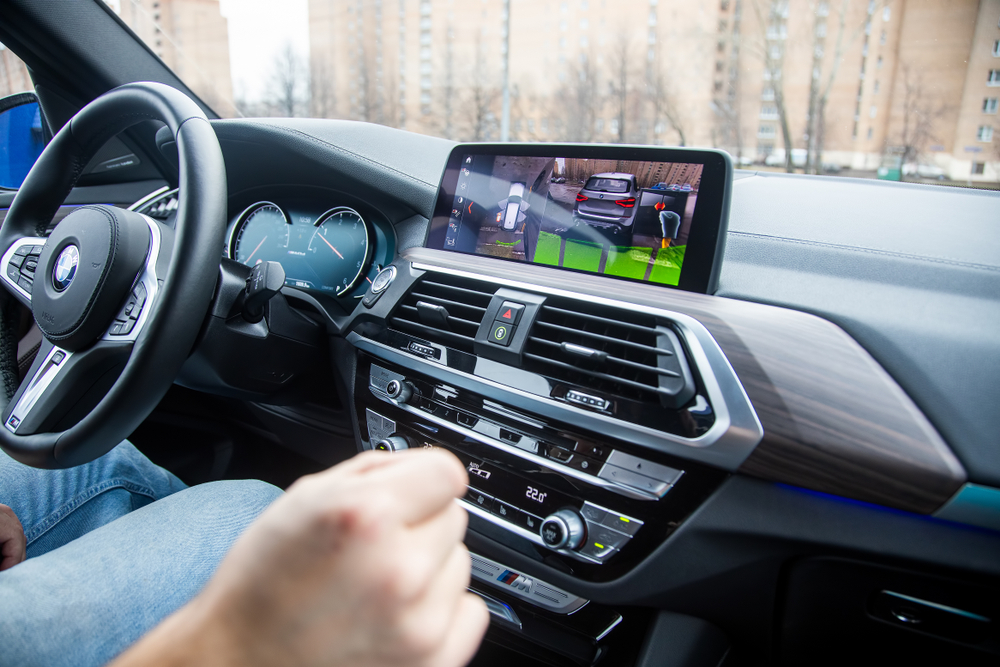
Gesture controls are meant to offer a futuristic and convenient way to operate in-car features, but they often fall short in real-world use. The system can misinterpret gestures or fail to recognize them altogether, leading to frustration. Accidental triggers, such as a casual hand movement, can activate unwanted functions, further adding to the annoyance. Instead of simplifying tasks, gesture controls can complicate them, making the feature more of a gimmick than a practical tool.
Automatic High Beams
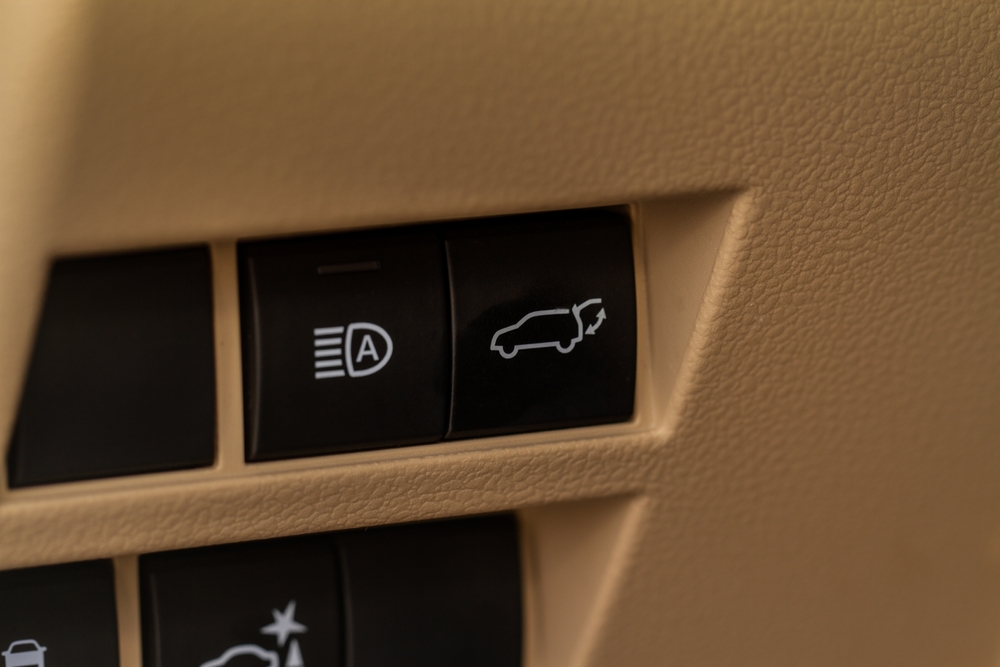
Automatic high beams are designed to improve night driving by adjusting the headlights based on oncoming traffic, but they don’t always work perfectly. Delayed responses or incorrect activation can lead to blinding oncoming drivers or leaving the road poorly lit. This can create a hazardous situation, especially on dark rural roads. Drivers often find themselves manually overriding the system, negating the convenience it’s supposed to provide.
Electronic Gear Shifters

Electronic gear shifters have replaced traditional mechanical ones in many modern vehicles, but their designs can be unintuitive. Some models make it difficult to tell which gear the car is in, leading to potential mistakes, like accidentally leaving the car in neutral or reverse. The lack of a physical connection and tactile feedback can make gear changes feel disconnected, making the driving experience less satisfying and more prone to errors.
Inaccurate Parking Sensors

Parking sensors are supposed to assist drivers by alerting them to obstacles, but inaccurate or overly sensitive systems can cause unnecessary stress. False alarms or constant beeping when there’s nothing in the way can be frustrating, especially in tight parking spaces. Instead of making parking easier, these sensors can make the process more nerve-wracking, leading drivers to doubt their reliability.
Blind Spot Monitoring

Blind spot monitoring systems are designed to alert drivers to vehicles in their blind spots, but frequent false positives can make them more annoying than helpful. The system might beep or flash warnings even when there’s no immediate danger, leading to unnecessary distractions. Over time, drivers may start ignoring the alerts, which reduces the system’s usefulness and could potentially lead to accidents.
Complicated Bluetooth Pairing
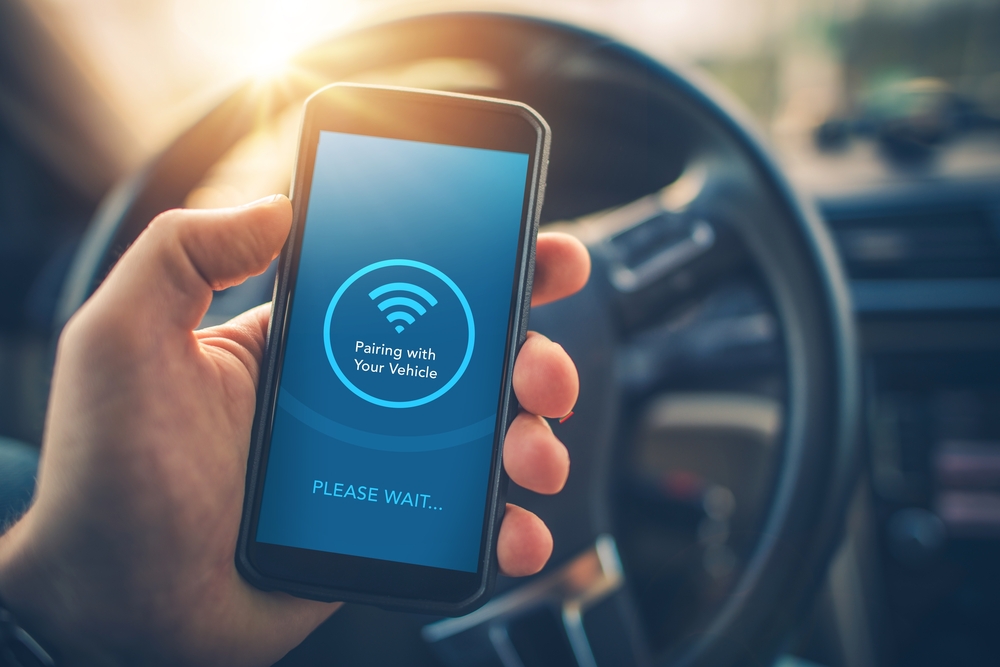
Bluetooth technology is supposed to provide seamless connectivity between your car and mobile devices, but complicated pairing processes can make it a hassle. Slow and complex procedures, especially in older systems, can frustrate users trying to connect their phones for hands-free calling or music streaming. Inconsistent connections and frequent disconnections further compound the issue, making Bluetooth a source of annoyance rather than convenience.
Autonomous Parking Assist
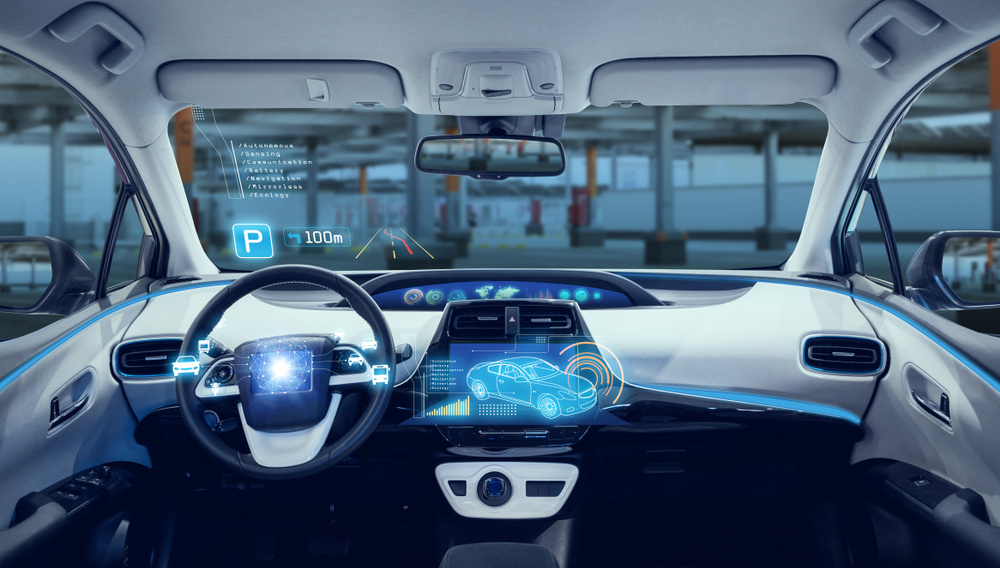
Autonomous parking assist systems promise to take the stress out of parking, but they often require more trust than drivers are willing to give. The systems can be slow, imprecise, and may struggle with complex parking scenarios, leading drivers to intervene. The process can be so nerve-wracking that many drivers prefer to park manually, questioning the value of the technology.
This article originally appeared in MyCarMakesNoise.
More from MyCarMakesNoise
13 Fun Facts About Harley-Davidson Motorcycles

Harley-Davidson motorcycles have been a symbol of freedom and adventure for over a century. From their humble beginnings in a small wooden shed in Milwaukee to becoming a global icon, these bikes have captured the hearts of riders worldwide. Read More.
10 Failed Innovations in Automotive Technology

Innovation drives the automotive industry, pushing the boundaries of what cars can do and how they impact our lives. Over the decades, countless new technologies and ideas have emerged, aiming to revolutionize the way we drive and interact with our vehicles. Read More.
20 Forgotten Convertibles That Should Make a Stylish Comeback

Convertibles have long been symbols of freedom, style, and open-air driving pleasure, but some iconic models have faded from memory over the years. These forgotten convertibles, once celebrated for their design and performance, still hold the potential to turn heads on the road today. Read More.

